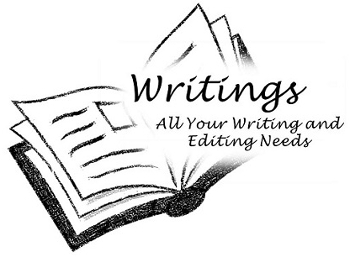Whether you are writing a letter, an article, a business report, a story or your memoirs, hopefully you know that producing your document requires more than just writing that first draft.
An example: you have an article to write. It’s about your business – so you write it. All done! No, now you need to leave it, perhaps only for an hour, then go over it again, checking to make sure you are happy with the content.
EDITING
Then go over it once more to edit it. Are you happy with how you expressed yourself? Are there mistakes – words missing, punctuation? Perhaps at this stage you might want to read it out loud to yourself to see if you like the cadence or rhythm. Or you might decide to change the flow or structure of what you have written. For longer documents such as essays, theses or books it is often best to have someone else to undertake this stage of editing.
PROOFREADING
Finally, when it’s all finished, leave it again for a little while. Then proofread it. Proofreading is what we do when we think everything is already done. Usually it requires eyes other than our own, fresh eyes that do not already know what you are trying to say. I prefer to proofread a document twice myself – the first time I look at meaning: does it all make sense, is there ugly repetition? Generally, this stage for me is where I leave anything that can be left, but if there is any writing which just doesn’t do the job (a sentence, phrase, or even just a word), or which does harm to what the document is trying to achieve, then I change it. Remember, this is not at the editing stage, this is what we do during proofreading. A significant difference between the two stages is that after a good edit, during proofreading we do not expect to find much to do at all.
 Many clients who come to me for editing really haven’t finished writing their document. They mistakenly believe that ‘editing’ can fix a lack of material, or paragraphs which simply do not make any sense. In these cases the editor needs to contact the writer and ask for further material or information.
Many clients who come to me for editing really haven’t finished writing their document. They mistakenly believe that ‘editing’ can fix a lack of material, or paragraphs which simply do not make any sense. In these cases the editor needs to contact the writer and ask for further material or information.
And many clients come to me for proofreading when what they really need is editing (even structural editing). I have sometimes found that proofreading becomes editing, and then the document is considered to be finished. However it is then that proofreading (or a second proofread) is then most needed in order to avoid a publication full of many distracting and unprofessional errors that detract from the author’s credibility.
In conclusion, when you write:
Write
Write some more
Edit what you have written for meaning and rhythm
Edit what you have written for language, grammar and punctuation
Proofread
Carry out all these stages thoroughly in creating a series of drafts. Then your piece of writing is ready.


One Comment